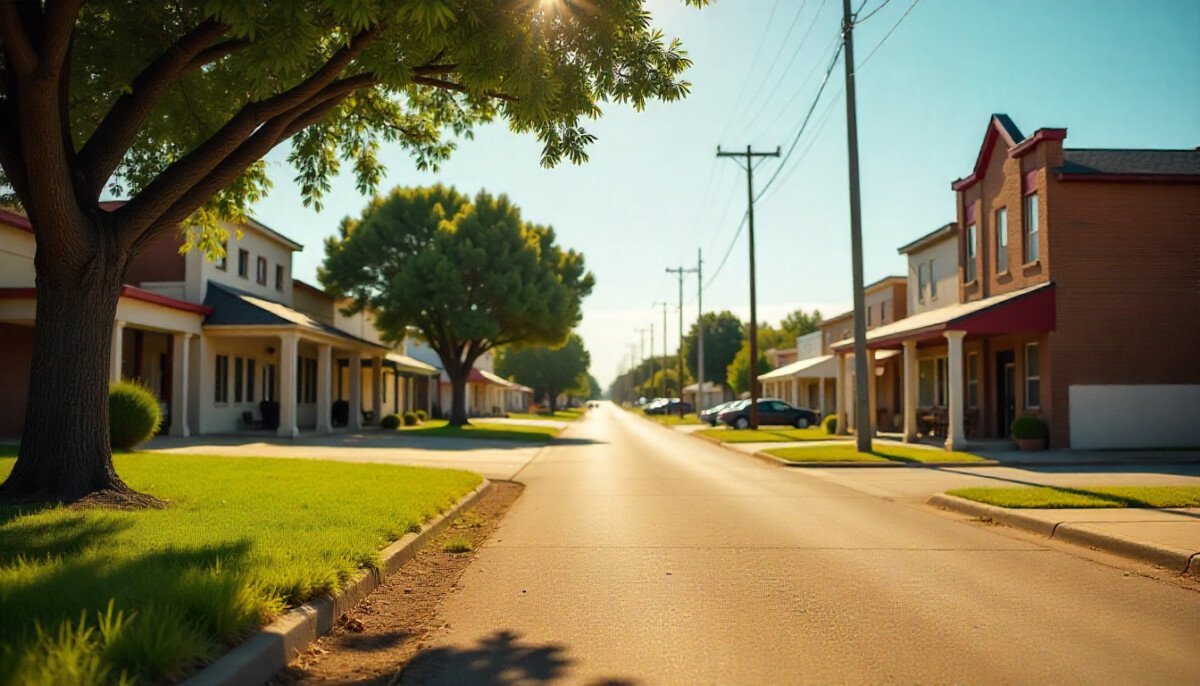Thinking about moving to Texas in 2025 or just curious how much it costs to live here? Texas has always been popular for its affordable lifestyle compared to other large states like California or New York, but rising housing costs, higher demand, and inflation have changed the equation. In this guide, I’ll break down the real cost of living in Texas—from housing and food to utilities, transportation, and taxes—so you can get a clear picture of what life in the Lone Star State looks like in 2025.
1. Housing Costs in Texas 2025

Housing is the biggest expense for most families, and Texas has seen a steady increase in home prices. However, it’s still more affordable than many coastal states.
Median Home Price (2025): Around $312,000 statewide (though Austin is much higher, averaging $470,000+).
Average Rent (1-Bedroom Apartment): $1,250 – $1,450 in big cities like Dallas, Austin, and Houston; smaller cities and rural towns can be as low as $800–$1,000.
Property Taxes: Texas has no state income tax, but property taxes are relatively high, averaging 1.6% of home value.
- If you want to compare costs between Texas cities, check Zillow’s Texas Housing Market Data for updated insights.
2. Food & Grocery Prices

Food prices in Texas have gone up slightly due to inflation, but dining out is still cheaper than in many other states.
Groceries (Monthly for One Person): $350 – $450
Groceries (Family of Four): $950 – $1,200
Dining Out: A basic meal at a casual restaurant averages $15–$18 per person; a family dinner for four at a mid-range restaurant can cost $60–$75.
Texas is known for barbecue, Tex-Mex, and steak houses—eating local can sometimes be cheaper than chain restaurants.
3. Utilities & Internet Costs

Texas has a deregulated energy market, meaning you can choose your electricity provider in many areas. However, summer cooling bills can be high.
Electricity (Average 2025): $150 – $200/month (higher in hot summers).
Water & Sewer: $40 – $70/month.
Internet: Around $65 – $85/month for high-speed fiber or cable internet.
Cell Phone Bill: $50 – $70/month per line.
- Tip: Some providers in Texas offer fixed-rate electricity plans that help manage costs.
4. Transportation Costs

Texas is a car-dependent state. While public transportation exists in cities like Dallas, Austin, and Houston, most people rely on cars.
Gas Prices (2025): Around $3.20 per gallon (varies by city).
Car Insurance: $1,600 – $2,200 annually, depending on location and driving record.
Public Transport: Monthly passes are typically $50 – $75 in larger cities.
5. Taxes in Texas

One of the biggest perks of living in Texas is no state income tax. However, the state makes up for it with other taxes:
Sales Tax: 6.25% statewide, with local additions bringing it up to 8.25% in many areas.
Property Tax: As mentioned, around 1.6% of property value, one of the highest in the U.S.
Vehicle Registration Fees: $50 – $75 annually, plus inspection fees.
- For up-to-date tax details, see the Texas Comptroller of Public Accounts.
6. Healthcare & Insurance Costs

Healthcare costs vary depending on insurance coverage. Texas has one of the highest uninsured rates in the country, so health insurance is essential.
Average Health Insurance Premium (Individual, 2025): $450 – $550/month without subsidies.
Family Plan Premiums: $1,200 – $1,600/month.
Out-of-pocket costs for doctor visits: $120 – $150 without insurance.
7. Education & Childcare

If you’re moving with kids, education and childcare costs are important factors.
Public Schools: Free, but property taxes fund them—better schools usually mean higher property taxes.
Private School Tuition: $9,000 – $15,000 annually per child.
Childcare/Daycare: $800 – $1,100/month per child, depending on city.
8. Overall Cost of Living in Texas 2025
Compared to the national average, Texas remains slightly cheaper overall, especially with the lack of state income tax. However, housing in cities like Austin has become as expensive as many parts of California. Rural areas and smaller towns are still very affordable.
Quick Summary:
Housing: Affordable in smaller towns, pricey in Austin.
Food: Moderate, cheaper dining than many states.
Utilities: Higher in summer due to A/C.
Taxes: No income tax, but higher property and sales taxes.
Transportation: Gas still cheaper than national average.
Final Thoughts
Texas in 2025 offers a mix of affordability and growing expenses. While housing and utilities are climbing, the absence of state income tax continues to attract families and businesses. If you’re considering a move, weigh the city lifestyle (Austin, Dallas, Houston) versus smaller towns, where costs are lower and quality of life can be just as rewarding.
Frequently Asked Questions (FAQ)
1. Is Texas expensive to live in 2025?
Texas is still cheaper than many states, but housing in big cities like Austin is getting expensive.
2. Does Texas have state income tax?
No. Texas has no state income tax, but property and sales taxes are higher.
3. How much does rent cost in Texas?
Average rent for a 1-bedroom apartment is $1,200–$1,400 in big cities; smaller towns are cheaper.
4. What are average utility costs in Texas?
Expect to pay around $250–$300/month for electricity, water, and internet combined.
5. Is food cheaper in Texas than other states?
Groceries are close to the U.S. average, but dining out is generally more affordable.




